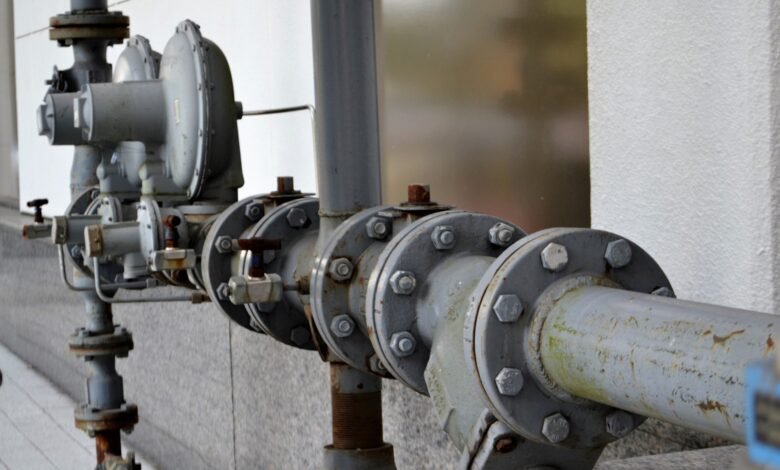Plug Valve vs Ball Valve: What You Need To Know

Control valves are fundamental when it comes to regulating the flow of fluids in systems. They play a vital role in the supervision and handling of flow rates. Plug valves and ball valves are two kinds of valves that serve similar functions, but they do have their differences.
When considering a plug valve vs ball valve what must you take into account? What are the differences? Which one will get the job done for you? We’ve compiled all the information you need below!
Plug Valves and Their Function
Plug valves are made with cylindrical ‘plugs’ which, when made parallel to a channel, open to allow for a controlled flow of liquids. They must be fully open or closed to work effectively, and they have several components to their makeup.
Ball Valves and Their Function
Ball valves consist of a ball-shaped disc that has a hole through the middle of it. This hole means that, when the ends of the valve are aligned, fluid is able to flow through it. They can be operated manually, through the use of a lever. but if the valve is not lined up correctly then the flow will be disrupted as the port will not be in operation.
You can read more on the basics of ball valves here.
Plug Valve vs Ball Valve
There are several variations of control valves to choose from and there are some important considerations that should be accounted for before you purchase one.
Longevity
Plug valves undergo more rotation and come into contact with a higher volume of fluids which can mean that they erode quickly.
Ball valves have more mobile components meaning that they offer torque-free operation and have minimal contact with the system.
Upkeep
Plug valves are typically easier to maintain as the cylindrical plugs can easily be removed and there are fewer mobile components to its makeup.
Ball valves are slightly more complex to upkeep as it is more difficult to reach all the ball parts. Debris can easily accumulate which can affect its ability to carry out its job. However, these valves are very resistant to such contagion which can make them more cost-effective in the long run.
Versatility
A plug valve is available in anything from a two-port variation to a five-port variation making it an easy fit for most projects with fewer overall valves being required. However, the more ports present on a plug valve, the looser its shut-off becomes making it less effective in its role.
A ball valve is able to serve multiple ports at one time and they can be easily manufactured to meet different size requirements making them a flexible option.
Customization
Plug valves are very simplistic in nature meaning that there is not as much potential or variety for their customization.
Ball valves offer a greater potential for customization and there is a huge selection of them to choose from.
Applications
Plug valves make for excellent quick operation valves as they offer rapid shut off meaning they can be extremely helpful in emergency situations. They are commonly used with fluids and light materials as they provide very tight seals.
Ball valves are typically used in industrial settings as they can endure high temperatures and high pressure. They are often the valve of choice for applications dealing with water and gas, but they can also be used for more dense fluids, oils, and gases.
Which Valve Is Right for Me?
Now we have broken down the differences between plug valves vs ball valves, you can be sure you are choosing the correct one for you.
If you enjoyed this article then be sure to check out more like it on our website!





Awsome article and straight to the point. I don’t know if this is actually the best place to
ask but do you folks have any thoughts on where to hire some professional writers?
Thanks 🙂 Escape roomy lista
I was looking through some of your posts on this site and I believe this web site is rattling instructive!
Continue putting up..
I need to to thank you for this good read!! I certainly loved every bit of it. I have got you book marked to check out new things you post…
Aw, this was an extremely good post. Spending some time and actual effort to produce a great article… but what can I say… I procrastinate a lot and never manage to get anything done.
Pretty! This has been a really wonderful post. Many thanks for providing this information.